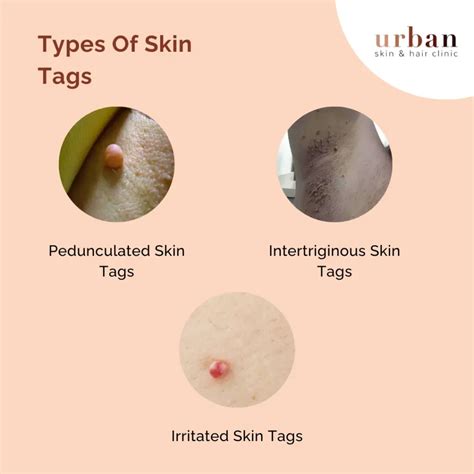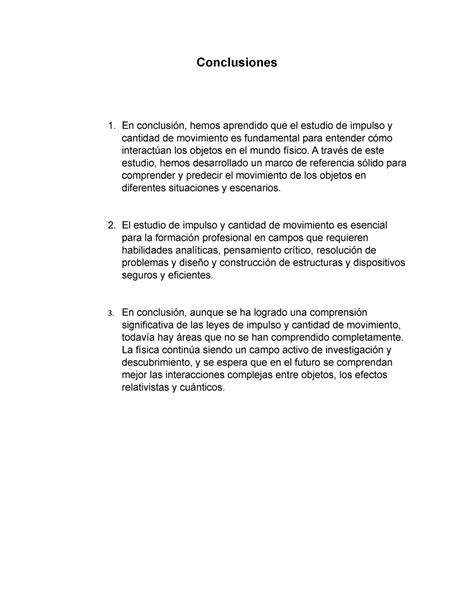Intro
Skin tags are small, benign growths that can appear on various parts of the body, often in areas where skin folds or creases, such as the neck, armpits, or groin. They are usually harmless and do not cause any discomfort or pain, but they can be unsightly and may cause concern for those who have them. One of the most common questions people ask about skin tags is whether they will go away on their own.
Skin tags are more common in adults, especially as they age, and are thought to be caused by a combination of factors, including friction, obesity, and genetics. While they are not a sign of any underlying health issue, it is essential to have any new growths or lesions checked by a doctor to rule out any potential health concerns. In some cases, skin tags may fall off or disappear without any treatment, but this is not always the case.
Some people may experience skin tags that grow or change over time, which can be a cause for concern. However, in most cases, skin tags remain small and do not cause any problems. Despite their benign nature, many people still want to get rid of skin tags for cosmetic reasons or because they are concerned about their appearance. Fortunately, there are several treatment options available for removing skin tags, including over-the-counter remedies, home treatments, and professional removal methods.
What Are Skin Tags?

Skin tags are thought to be caused by a combination of factors, including friction, obesity, and genetics. They are more common in areas where skin folds or creases, such as the neck, armpits, or groin, and can also appear on the face, especially around the eyes. Skin tags are usually harmless and do not cause any discomfort or pain, but they can be unsightly and may cause concern for those who have them.
Causes of Skin Tags
Skin tags are thought to be caused by a combination of factors, including: * Friction: Skin tags are more common in areas where skin folds or creases, such as the neck, armpits, or groin. * Obesity: People who are overweight or obese are more likely to develop skin tags. * Genetics: Some people may be more prone to developing skin tags due to their genetic makeup. * Hormonal changes: Hormonal changes during pregnancy or menopause can cause skin tags to appear. * Age: Skin tags are more common in adults, especially as they age.Treatment Options for Skin Tags

Over-the-Counter Remedies
There are several over-the-counter remedies available for removing skin tags, including: * Creams: There are several creams available that can help to remove skin tags, including salicylic acid and tea tree oil creams. * Ointments: Some ointments, such as castor oil and coconut oil, can help to remove skin tags. * Bandages: There are several bandages available that can help to remove skin tags, including bandages that contain salicylic acid or other ingredients that can help to dissolve the skin tag.Home Treatments for Skin Tags

Professional Removal Methods
A doctor or dermatologist can remove skin tags using a variety of methods, including: * Cutting: A doctor or dermatologist can use a scalpel or scissors to cut off the skin tag. * Freezing: A doctor or dermatologist can use liquid nitrogen to freeze off the skin tag. * Burning: A doctor or dermatologist can use a special tool to burn off the skin tag. * Laser removal: A doctor or dermatologist can use a laser to remove the skin tag.Prevention of Skin Tags

Lifestyle Changes
Making lifestyle changes can help to reduce the risk of developing skin tags. Some of the most effective lifestyle changes include: * Eating a healthy diet: Eating a healthy diet that is rich in fruits, vegetables, and whole grains can help to reduce the risk of developing skin tags. * Exercising regularly: Exercising regularly can help to maintain a healthy weight and reduce the risk of developing skin tags. * Getting enough sleep: Getting enough sleep can help to reduce stress and prevent skin tags. * Managing stress: Managing stress can help to reduce the risk of developing skin tags.Conclusion and Final Thoughts

We invite you to share your thoughts and experiences with skin tags in the comments below. Have you ever had a skin tag? How did you get rid of it? What tips or advice do you have for others who are struggling with skin tags? By sharing your story, you can help others who are going through similar experiences.
What causes skin tags?
+Skin tags are thought to be caused by a combination of factors, including friction, obesity, and genetics.
How can I remove skin tags at home?
+There are several home treatments available for removing skin tags, including tying off the skin tag with dental floss, using a skin tag remover, and applying tea tree oil or castor oil.
Can skin tags be prevented?
+While it is not possible to completely prevent skin tags, there are several steps that can be taken to reduce the risk of developing them, including maintaining a healthy weight, avoiding friction, and wearing loose clothing.
